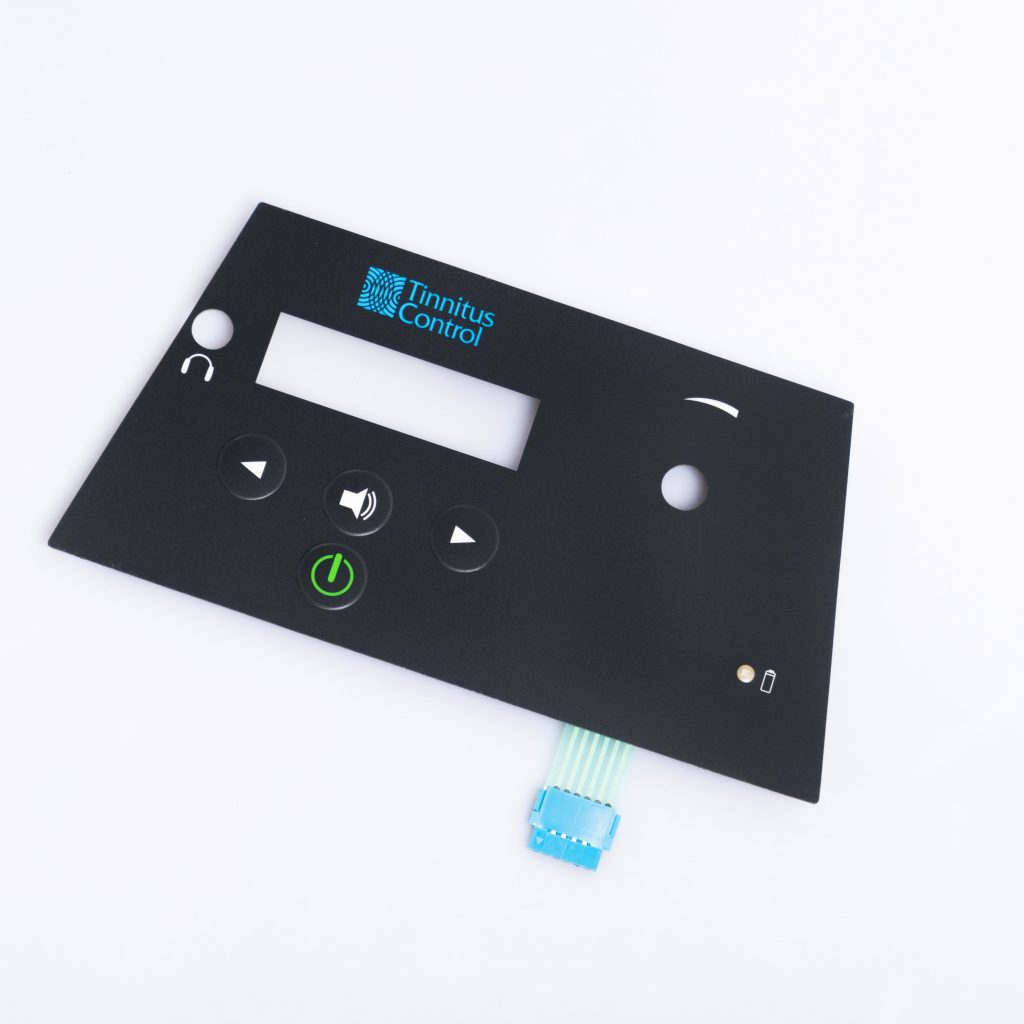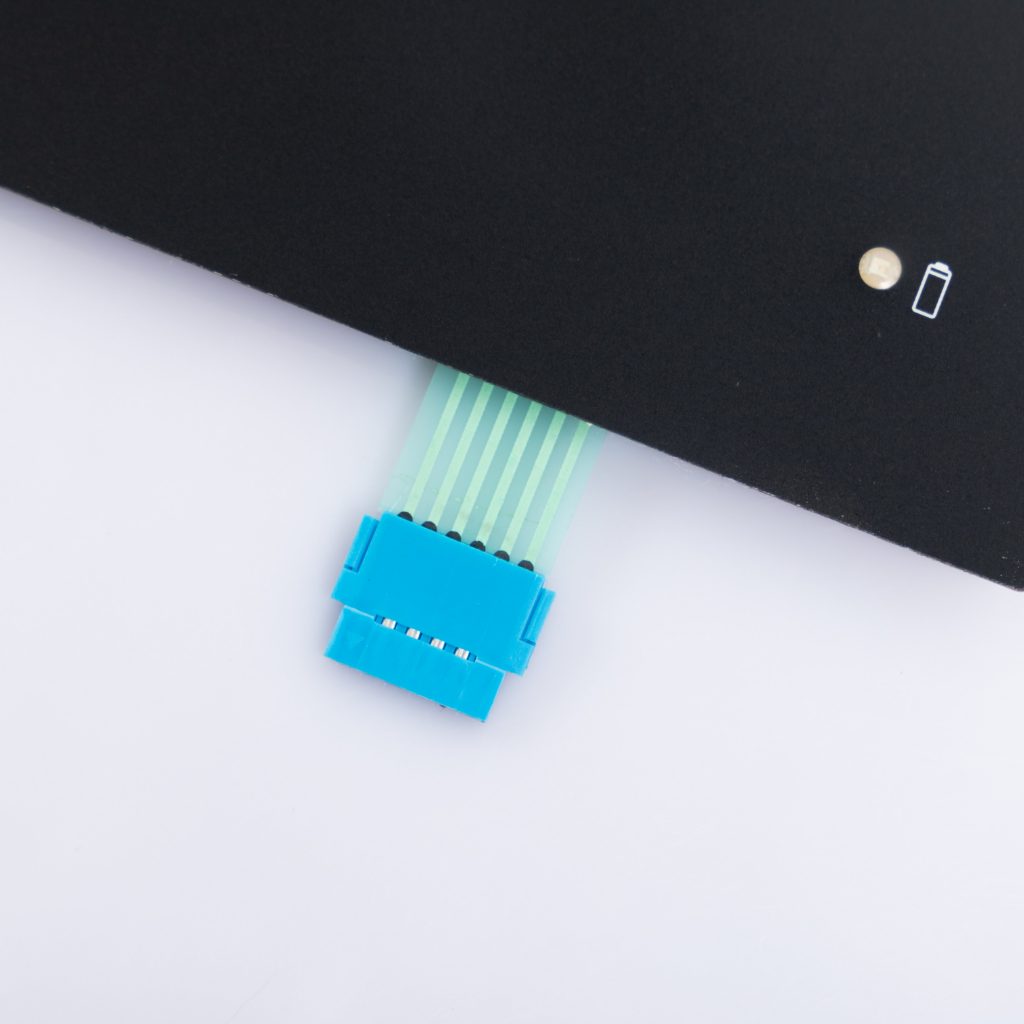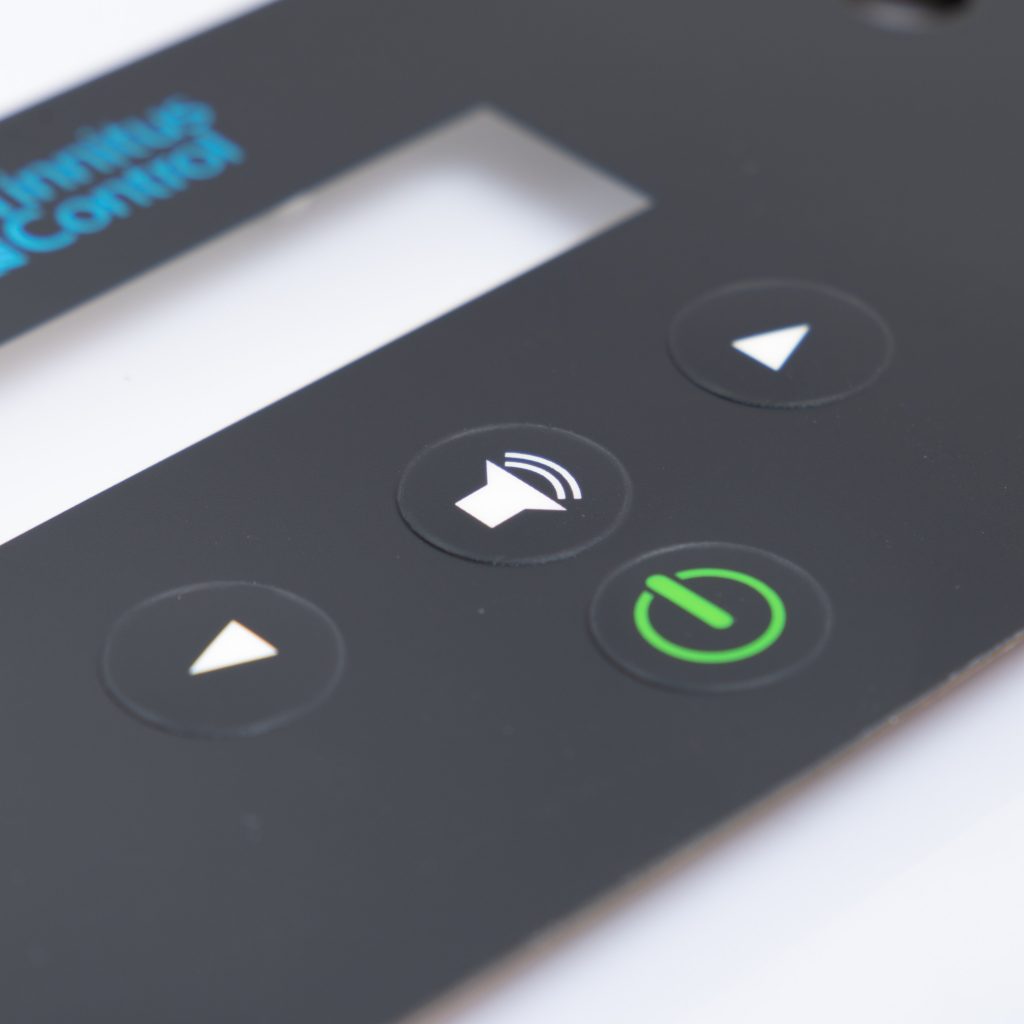Contact
Write to Us And We Would Be Happy to Advise You.
Do you have any questions, or would you like to speak directly with a representative?
By hqt
When designing or selecting keypads for various applications, one important decision is whether to choose an embossed or debossed keypad. These two terms describe different methods of creating raised or recessed areas on the keypad surface, each with its own set of benefits and applications. Understanding the differences between embossed and debossed keypads can help you make an informed decision that aligns with the needs of your project. In this article, we’ll explore what these terms mean, the advantages and disadvantages of each, and where they are commonly used.



Embossed keypads are designed with raised surfaces or patterns, which are created by pressing the material upward from the backside. This results in a tactile, elevated area on the front of the keypad that users can easily feel. The raised areas can include letters, numbers, symbols, or simple geometric shapes, depending on the design requirements.
One of the primary advantages of embossed keypads is the enhanced tactile feedback they provide. The raised areas make it easier for users to locate and press buttons, even without looking at the keypad. This can be particularly beneficial in environments where users need to operate devices by touch alone, such as in low-light conditions or for visually impaired users.
Embossed keypads often have a more visually appealing design due to the raised elements. This can add a sense of depth and sophistication to the keypad, making it more attractive to users. Additionally, the raised features can be customized with various finishes and colors to match branding or design requirements.
The raised areas on embossed keypads can also help protect the printed graphics underneath, reducing wear and tear over time. This can extend the lifespan of the keypad, especially in high-traffic applications where the buttons are frequently used.
Embossed keypads are commonly used in applications where tactile feedback and aesthetics are important. These include:
Debossed keypads, on the other hand, are designed with recessed surfaces or patterns. These are created by pressing the material downward, resulting in an indented or sunken area on the surface of the keypad. Like embossed keypads, debossed designs can include various symbols, letters, or shapes.
Debossed keypads tend to have a more subtle and sleek design compared to embossed keypads. The recessed areas create a more understated look, which can be desirable for products where a minimalist aesthetic is preferred.
Because the graphics or symbols are recessed, debossed keypads can offer better protection against wear and abrasion. The recessed design helps shield the printed elements from direct contact, reducing the risk of fading or damage over time.
Debossed keypads are generally easier to clean than embossed ones, as the recessed areas prevent dirt and debris from accumulating around the edges of the raised elements. This can be particularly important in environments where hygiene is a concern, such as in medical or food processing applications.
Debossed keypads are typically used in applications where a sleek, durable design is required. Common uses include:
Choose embossed keypads when tactile feedback is a priority, such as in devices that users operate by feel. They are also a great option when you want to make certain elements, like logos or specific buttons, stand out visually.
Debossed keypads are the better choice when you need a durable, easy-to-clean surface with a sleek design. They are ideal for applications where aesthetics are important but where the tactile feel is less critical.
Both embossed and debossed keypads have their unique advantages and are suited to different applications. The choice between the two depends on factors such as the required tactile feedback, aesthetic preferences, and the environmental conditions the keypad will face. By understanding the differences and considering the specific needs of your project, you can choose the right type of keypad to ensure functionality, durability, and user satisfaction.
Can a keypad be both embossed and debossed?
Yes, some keypads incorporate both embossed and debossed features to enhance both tactile feedback and visual design.
Which is more durable, embossed or debossed keypads?
Debossed keypads tend to be more durable due to the recessed design, which protects the graphics from wear.
Are embossed keypads more expensive than debossed keypads?
The cost can vary depending on the design and materials used, but generally, there isn’t a significant price difference between the two.
Which type of keypad is easier to clean?
Debossed keypads are generally easier to clean as there are no raised areas where dirt can accumulate.
Can I customize the color and design of both embossed and debossed keypads?
Yes, both types of keypads can be fully customized in terms of color, design, and material to meet your specific needs.
Do you have any questions, or would you like to speak directly with a representative?